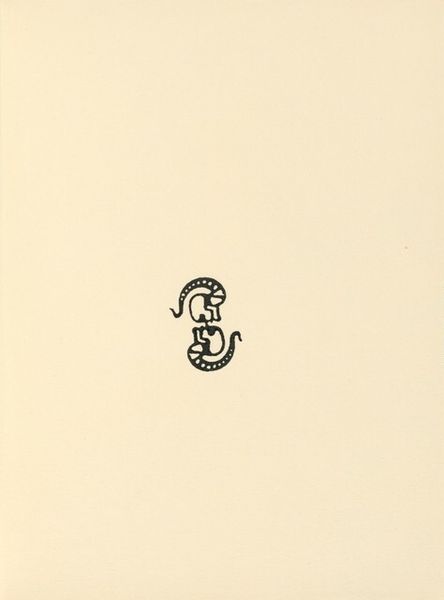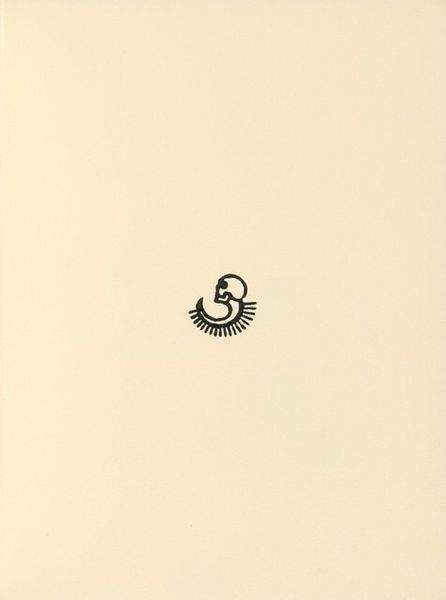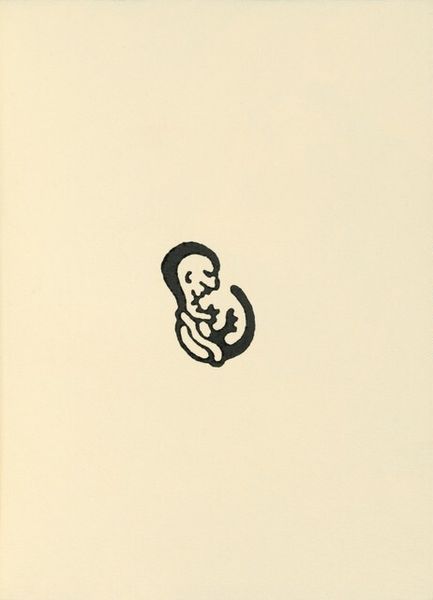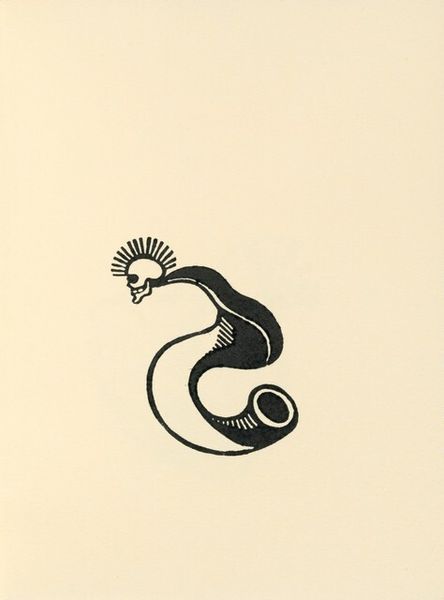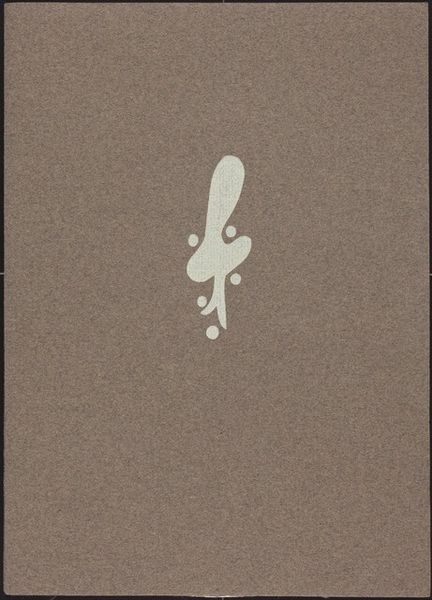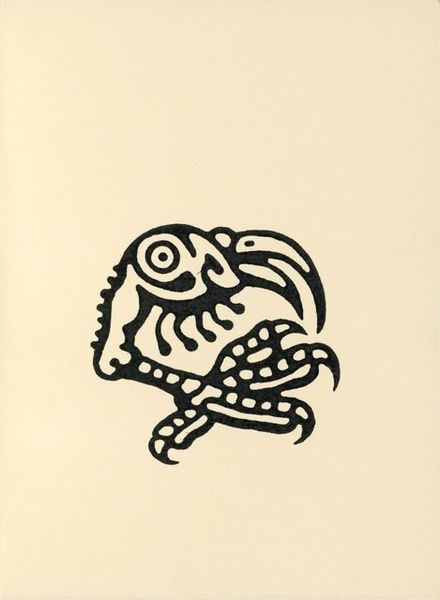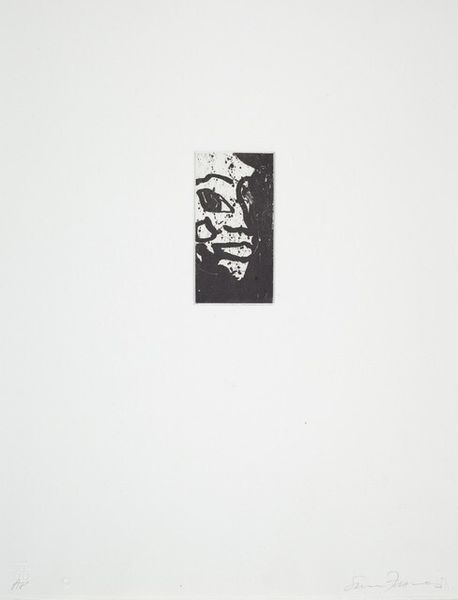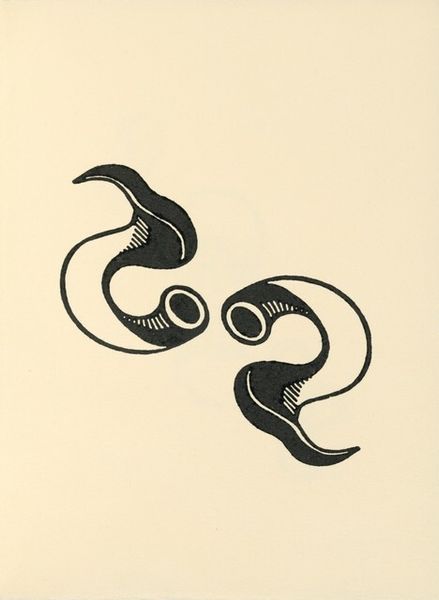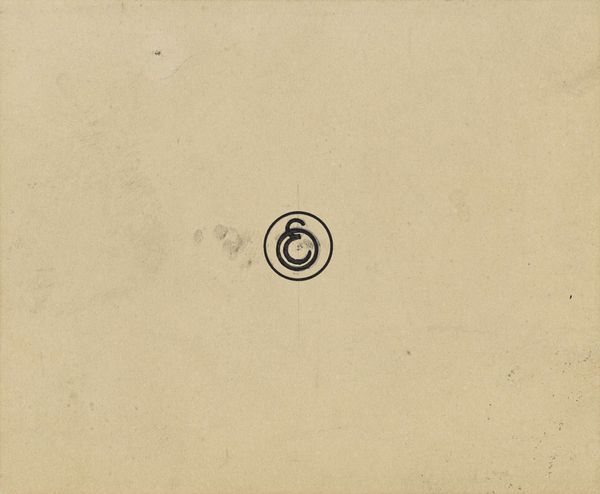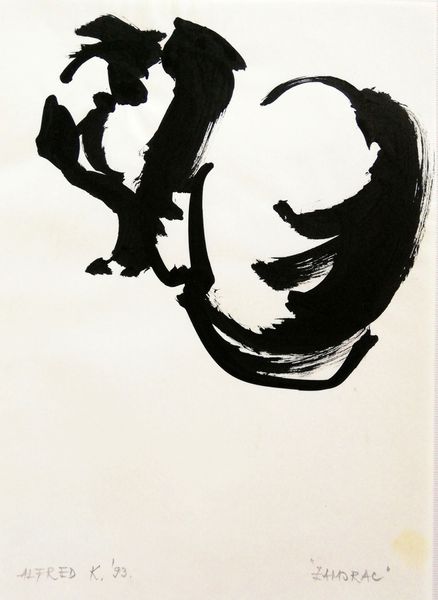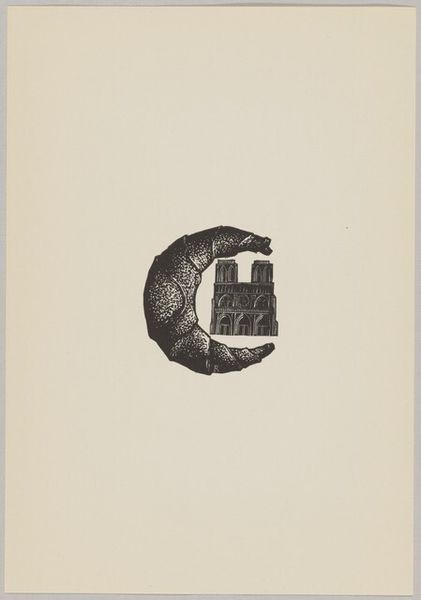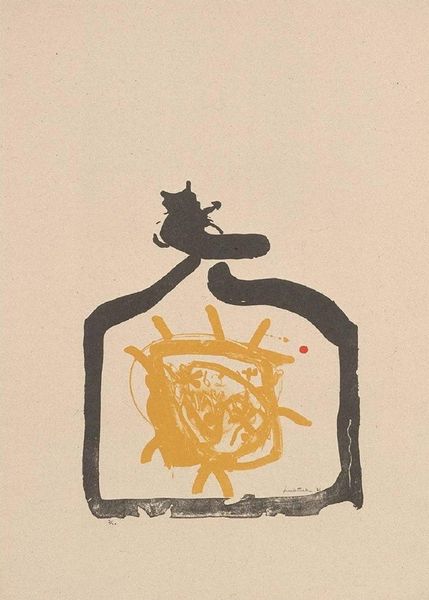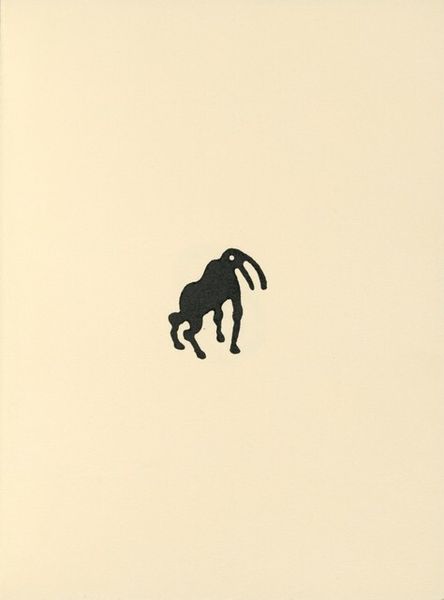![Untitled ["tattoo" book] by James McCracken Jr.](/_next/image?url=https%3A%2F%2Fd2w8kbdekdi1gv.cloudfront.net%2FeyJidWNrZXQiOiAiYXJ0ZXJhLWltYWdlcy1idWNrZXQiLCAia2V5IjogImFydHdvcmtzLzg4NzczZWI1LWMyMjYtNGI2Mi1hNjgzLWI5NTMxMzc3MmRiNi84ODc3M2ViNS1jMjI2LTRiNjItYTY4My1iOTUzMTM3NzJkYjZfZnVsbC5qcGciLCAiZWRpdHMiOiB7InJlc2l6ZSI6IHsid2lkdGgiOiAxOTIwLCAiaGVpZ2h0IjogMTkyMCwgImZpdCI6ICJpbnNpZGUifX19&w=1080&q=75)
Dimensions: overall (closed): 17.1 × 13 × 1.5 cm (6 3/4 × 5 1/8 × 9/16 in.) sheet (each approx.): 16.4 × 12.6 cm (6 7/16 × 4 15/16 in.)
Copyright: National Gallery of Art: CC0 1.0
Editor: So this is James McCracken Jr.’s "Untitled [\"tattoo\" book]" from 1971, ink on paper. It's surprisingly stark. What's your take on it? Curator: This piece really makes you consider the process. Ink on paper - such basic materials, yet capable of such strong symbolic work. It’s also fascinating when we start to unpack the cultural context surrounding tattoos in 1971. Think about who was getting tattooed, where, and what that signified within broader societal structures. Editor: It feels like a deliberate subversion then? Elevating something perceived as low-brow into 'high' art. Curator: Exactly! By presenting this "tattoo" imagery in the refined medium of ink on paper, within the context of a book, McCracken is forcing us to re-evaluate those boundaries. What constitutes art, and who decides? The very act of creating a "tattoo book" elevates what was considered temporary body art to a permanent and portable format. Who has access to this imagery now? It really gets to the question of commodification and the artistic process itself. Editor: It’s amazing how the choice of materials can recontextualize the imagery. Curator: It forces us to confront not only our own perceptions of value and taste but also to examine the underlying labor involved in the making of both the original tattoos and this artistic reproduction. It prompts a conversation about the social status embedded in creating and owning artworks like these. Editor: That gives me a lot to consider regarding the intent and purpose of McCracken's practice. Thank you. Curator: And hopefully a renewed appreciation for the thought that goes into choosing something as "simple" as ink and paper!
Comments
No comments
Be the first to comment and join the conversation on the ultimate creative platform.
